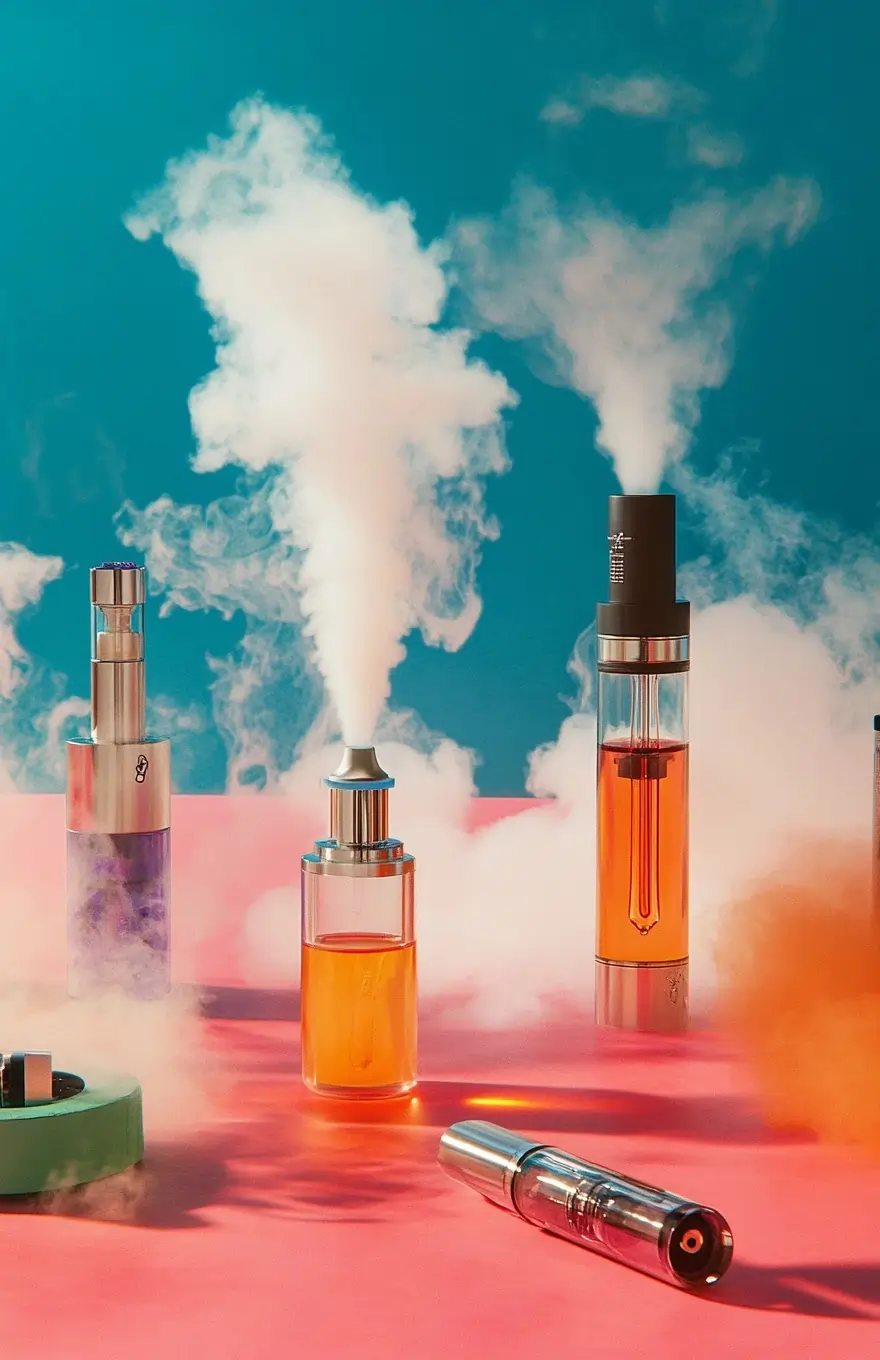
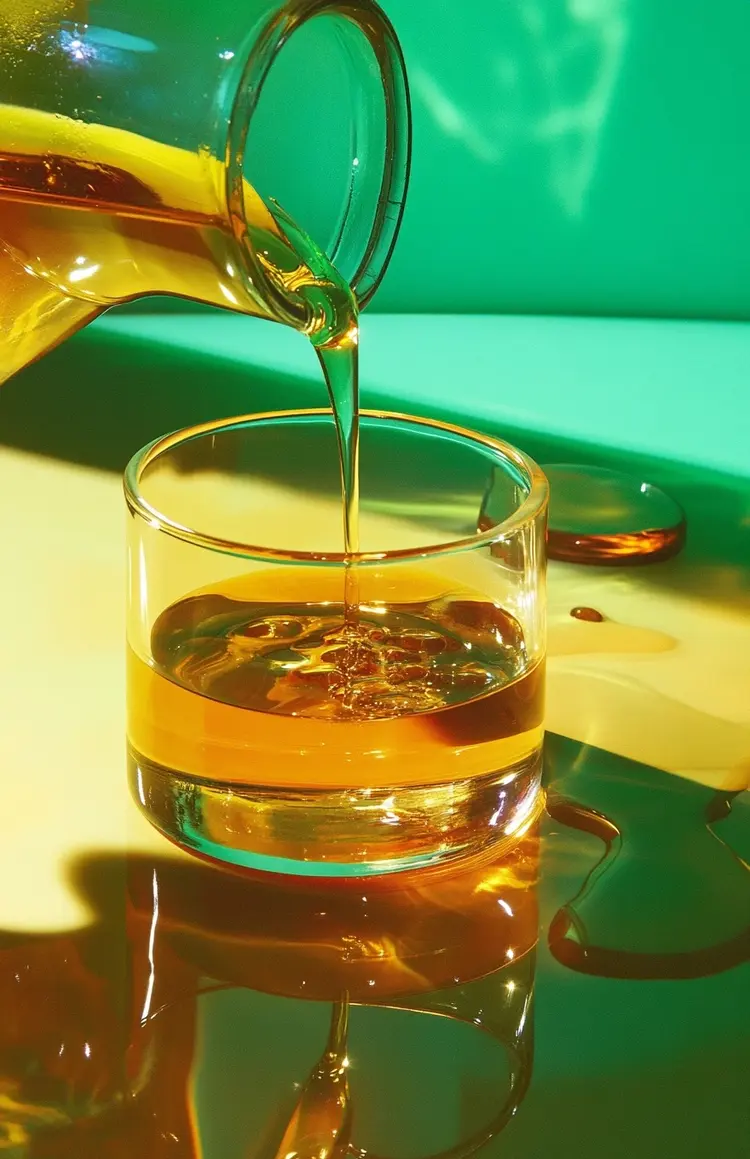
THC acetate ester, commonly known as THC-O, has gained popularity as a potentially psychedelic cannabinoid. This article explores the myths surrounding THC-O and provides guidance on its safe use.
If you’re curious about THC-O, the trending cannabinoid known for its potent effects, you’re in the right place.
THC-O is a synthetic cannabinoid that anecdotal reports claim to be three times more potent than traditional THC. While it is considered safe for consumption in edible forms, vaping or smoking THC-O is dangerous, as it releases toxic byproducts.
In 2023, the DEA declared THC-O federally illegal in the United States. Since it doesn’t occur naturally in the hemp plant, it doesn’t meet the federal definition of hemp, which remains legal.
This article looks into the science and misconceptions surrounding THC-O, discussing its effects, risks, potential benefits, and legal status.
THC acetate ester (THC-O) is a synthetically produced cannabinoid created through a multi-step process.
The process begins with CBD (cannabidiol), a naturally occurring cannabinoid found in the hemp plant. CBD is first converted into delta-8 THC, which is then transformed into THC-O by reacting it with acetic anhydride, a chemical compound.
While acetic anhydride itself is hazardous, the resulting product, THC-O, is considered safe for consumption in edible form. However, it should never be inhaled, as doing so can produce toxic byproducts.
Hemp-derived THC-O is created using delta-8 THC extracted from hemp—a variety of the cannabis sativa plant bred to contain less than 0.3% THC by dry weight.
As of 2023, THC-O is federally illegal in the United States, regardless of whether it is derived from marijuana (illegal cannabis sativa) or hemp (legal cannabis sativa).
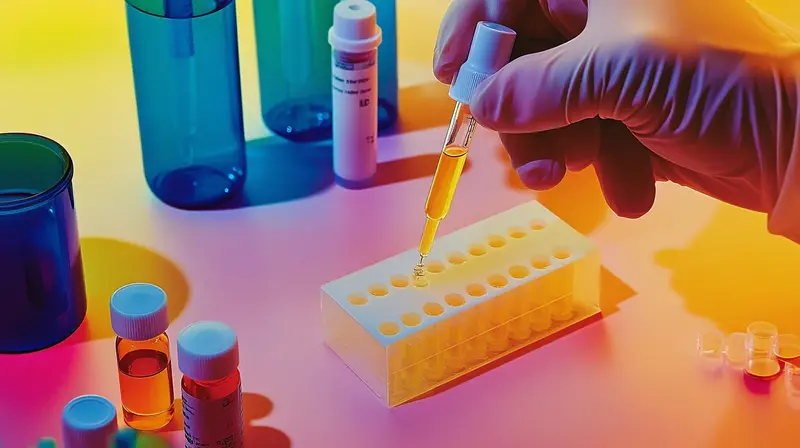
No, THC-O is not federally legal in the United States.
Under the 2018 Farm Bill, cannabinoids derived from hemp are federally legal, though some states have imposed their own restrictions on their sale and use. Hemp is a variety of the cannabis sativa plant containing less than 0.3% THC, while cannabis sativa with higher THC levels is classified as “marijuana” under federal law.
Initially, many assumed THC-O qualified as a hemp derivative because it can be synthetically produced from hemp-derived cannabinoids. However, the DEA clarified that THC-O is not a hemp derivative because it does not naturally occur in the hemp plant. As a result, it is classified as a controlled substance and is federally illegal.
In February 2023, cannabis attorney Rob Kight published a blog post with correspondence from the DEA confirming that THC-O is a controlled substance under federal law. While THC-O may still be legal in some states that have legalized marijuana (which remains federally illegal), its popularity has waned. Most users in states with legal cannabis opt for natural products instead.
For informational purposes, below are the states where THC-O was considered legal or illegal before this clarification.
One reason for THC-O’s rise in popularity is its purported psychedelic effects, often likened to those of psilocybin (magic mushrooms). However, scientists question whether these claims hold true or if they stem from marketing hype and the placebo effect. A July 2023 study suggests that the hype might be exaggerated, at least in part.
Researchers from the University of Buffalo in New York surveyed over 300 participants who had used THC-O. The participants were asked to report the degree to which they experienced sensations such as altered sense of time and hallucinations.
The results showed that 79% of respondents felt THC-O was either not psychedelic or only mildly so. This suggests that for most users, THC-O does not produce significant psychedelic effects.
Anecdotal accounts of THC-O’s effects vary widely. Some users describe mild similarities to psilocybin, while others report no psychedelic effects at all. For the majority, it appears THC-O does not deliver a notably psychedelic experience, though some individuals may still perceive these effects.
Interestingly, the survey revealed that the most commonly reported sensations associated with THC-O use were relaxation, euphoria, and pain relief. While THC-O may not live up to its reputation as a psychedelic, these findings suggest it could offer other potential benefits.
Like other forms of THC, THC-O is psychoactive and produces a high.
For most users, THC-O induces feelings of euphoria and relaxation. In some cases, it may also produce psychedelic, mushroom-like effects, although these experiences are unpredictable and vary greatly between individuals.
The effects of THC-O are similar to those of delta-9 and delta-8 THC but significantly more potent. THC-O is estimated to be about three times stronger than delta-9 THC and approximately six times stronger than delta-8 THC.
Additionally, some users report that THC-O has strong sedative effects, often making them feel drowsy or ready to sleep after consumption.
The time it takes for THC-O to take effect depends on the method of consumption:
THC-O’s onset times are noticeably longer compared to most other cannabinoids. For instance, delta-9 THC usually begins working within 5–10 minutes of smoking or vaping.
This delay is due to THC-O’s classification as a “prodrug.” A prodrug remains inactive until it is metabolized by the body. In contrast, cannabinoids like delta-8 or delta-9 THC become active immediately upon heating (as in vaping or smoking) because the heat converts their acidic forms into their active forms, which deliver psychoactive effects.
Since THC-O must be metabolized to become active, its effects take longer to manifest.
*We do not recommend inhaling THC-O in any form. For more information, refer to “How to Safely Use THC-O.”
The duration of a THC-O high can vary depending on the product used and the dosage consumed, but it typically lasts between 3 to 8 hours.
Your body requires a significant amount of time to metabolize THC-O, and the duration depends on both the frequency and quantity of your usage.
After consuming a single THC-O edible, it typically takes about two weeks for it to fully clear your system.
For regular users, however, it may take 30 days or more for the body to metabolize and eliminate THC-O completely.
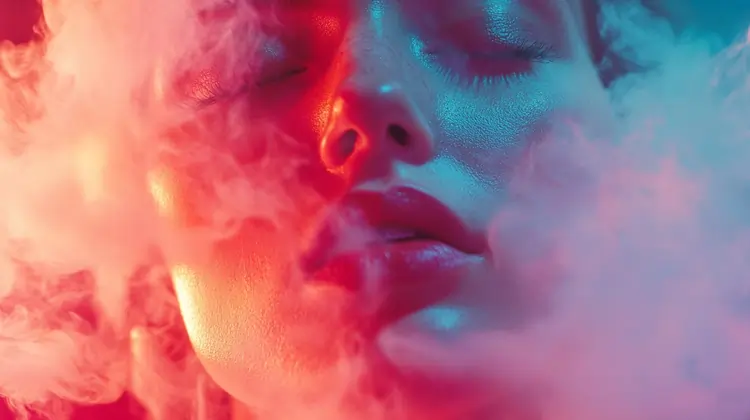
THC-O and delta-9 THC (the main psychoactive compound in cannabis) are quite similar in their effects. However, THC-O is, on average, about three times more potent than delta-9 THC.
Additionally, THC-O has the potential to produce psychedelic effects in some users, which are not typically associated with delta-9 THC.
While THC-O offers a potent alternative to other psychoactive cannabinoids, it does come with its drawbacks. Here’s what you should be aware of.
While THC-O is not inherently harmful, it can pose risks if consumed through inhalable methods such as vaping, smoking flower, or using dab rigs.
THC-O is the acetate ester form of THC, typically made by combining delta-8 THC with acetic anhydride.
Research indicates that when THC-O is heated, it can produce ketene, a toxic gas known to cause severe lung damage. This risk is not unique to THC-O but applies to any acetate ester exposed to heat.
We strongly advise caution when purchasing or using inhalable THC-O products or any cannabinoid products made in an acetate form. Your health and safety should always come first.
Using THC-O may lead to side effects, including:
THC-O’s effects may make it useful for a range of therapeutic purposes, including:
If you’re considering using THC-O but are hesitant due to its potential drawbacks, we’ll guide you on how to use it safely, including identifying which types of products may pose risks.
Edibles like gummies and candies offer a way to enjoy the therapeutic benefits of THC-O without risking lung health. They also provide consistent and predictable dosing, ensuring you can avoid taking the wrong amount or consuming too much.

THC-O oil products are made by blending THC-O “extract” (not directly extracted from hemp) with carrier oils.
These oils are ideal for those who require precise dosing, as the metered dropper allows you to measure your dose with accuracy, down to the exact drop.
There are several ways to inhale THC-O:
While these inhalation methods are commonly used for delta-9 THC and similar cannabinoids, we urge caution when using them with THC-O, the acetate form of THC.
When exposed to heat, acetate forms of substances can produce ketene, a harmful chemical linked to serious lung injury. For this reason, we recommend opting for oil or edible THC-O products as safer alternatives.
Given the potency of THC-O, we recommend starting with a very low dose. You can use the following formula to calculate your initial dosage:
(0.025) × (your body weight in lbs.) = your daily THC-O dosage in mg
This formula yields a small dosage amount, reflecting THC-O’s extreme strength (approximately three times stronger than traditional THC). Starting with a low dose is crucial to ensure a safe and comfortable experience.
As you become more familiar with THC-O’s effects, you can gradually adjust your dosage up or down based on how you feel.
Since THC-O is a THC analog, it will trigger a positive result on a drug test.
Drug tests screen for THC because of its presence in marijuana and cannot differentiate between THC from legal hemp-derived products and THC from marijuana.
If you are subject to regular drug testing for work or other reasons, we recommend avoiding THC-O and opting instead for a broad-spectrum or isolate CBD product that is free of THC.
If, after reading this article, you’ve decided that THC-O isn’t the right choice for you, here are some alternative cannabinoids you might consider exploring.
Delta-9 THC is the cannabinoid most people mean when they refer to “THC.” It’s well-known as the primary psychoactive component in cannabis and is also popular in its hemp-derived form.
While it is about one-third as potent as THC-O, delta-9 THC produces similar effects without the potential for psychedelic sensations associated with THC-O.
Delta-8 THC, like delta-9, is a naturally occurring cannabinoid found in hemp, but it is typically produced in a lab for commercial use due to its low natural concentration.
Delta-8 provides similar effects of euphoria and relaxation as delta-9 THC but is about half as strong, making it approximately six times less potent than THC-O.
This cannabinoid is an excellent choice for those seeking therapeutic benefits. With its mild head high and lower likelihood of causing anxiety compared to THC-O or delta-9, delta-8 is often used to support sleep and manage pain.
Delta-9-tetrahydrocannabiphoral (THCp) is a naturally occurring cannabinoid found in the cannabis sativa plant.
Chemically similar to delta-9 THC, THCp is present in much smaller concentrations but is significantly more potent. Anecdotal evidence suggests THCp may be up to 30 times stronger than delta-9 THC, making it roughly 10 times more powerful than THC-O.
Hexahydrocannabinol (HHC) is a naturally occurring cannabinoid found in hemp. Its effects are similar to delta-8 THC but with about 50% more potency. For comparison, HHC is approximately three-fourths as strong as delta-9 THC, while delta-8 is about half as strong.
Like delta-8, many users report that HHC is less likely to cause anxiety or paranoia compared to delta-9 THC.
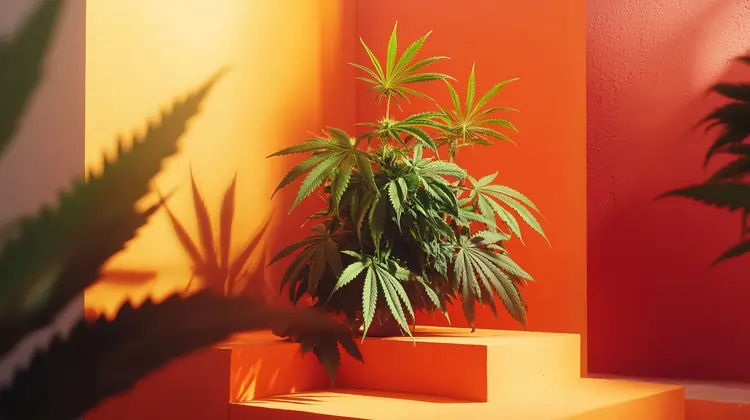
THC-O is still a relatively new addition to the cannabis and hemp world, and more research is needed to fully understand its effects and therapeutic potential. Additionally, significant safety concerns exist regarding its use in inhalable forms.
As of February 2023, THC-O is likely federally illegal in the U.S., making its purchase and use either impossible or legally risky.
At the time of writing (September 2023), Congress is working on a revised Farm Bill, which may clarify THC-O’s legal status. Until then, hemp-derived delta-8 and delta-9 THC remain available for those seeking alternatives.
Yes, as of 2023, the DEA clarified that THC-O is not federally legal under the Farm Bill. Since it does not naturally occur in the hemp plant, it is classified as illegal.
Yes, a 25mg dose of THC-O is considered very high and is likely excessive for most people, as THC-O is 3–4 times more potent than delta-9 THC.
THC-O is significantly stronger, being approximately four times as potent as HHC.
Both THC-O and delta-8 THC are safe in edible form when taken in small doses. However, due to THC-O’s potency—6–8 times stronger than delta-8—it requires more careful dosing.
Yes, THC-O induces a powerful head high, with effects often described as approaching psychedelic intensity.
A THC-O high is typically described as intense and euphoric, with a deep sense of relaxation. Some users also experience psychedelic-like effects, such as altered perception, similar to psilocybin mushrooms.
A safe starting dose for THC-O is 2–3mg, particularly for beginners, as it is roughly three times stronger than delta-9 THC.
THC-O edibles usually take 1–2 hours to kick in.